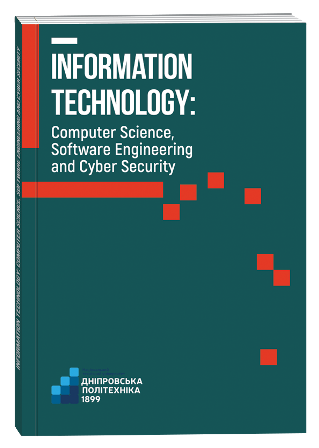IMPROVING CYBERSECURITY OF MEDICAL ELECTRONIC COMMUNICATION SYSTEMS
DOI:
https://doi.org/10.32782/IT/2024-2-16Keywords:
cybersecurity, electronic communication system, digital medical device, data transfer protocol, vulnerability, information securityAbstract
The work determines the relevance of consideration and comprehensive analysis of the level of cyber security of electronic medical systems and, above all, the protection of personal data in them. Potential attacker capabilities and potential attacks on this data are explored. The outlined problems are solved by using software security methods. As the results of the analysis show, each of the methods ensures the security of only a separate aspect – protection against tampering with the code, correctness of the software application execution logic, etc. As a result, a comprehensive approach that synthesizes all the considered methods is seen as productive. The aim is research and analysis of vulnerabilities of personal information in medical electronic communication systems and substantiation of effective methods of ensuring cyber security of these systems. The methodology of the solution to the given task consists in a comprehensive and critical analysis of both existing vulnerabilities and methods of ensuring information security of electronic medical systems. Scientific novelty. On the basis of a complex critical analysis of current vulnerabilities, effective methods of ensuring information security in modern medical electronic communication systems are substantiated. Conclusions. The conducted analysis of security threats and the justification and use of appropriate methods of information protection allow to increase the level of cybersecurity of medical electronic communication systems.
References
Azrour M., Mabrouki J., Guezzaz A., & Kan-wal A. Internet of Things Security: Challenges and Key Issues. Security and Communication Networks, 2021, vol. 2021, article no. 5533843, pp. 1–11. DOI: 10.1155/2021/5533843
Metty P., Maglaras L., Amine Ferrag M., Almomani I. Digitization of healthcare sector: A study on privacy and security concerns. ICT Express, 2023, 9, (4), 571–588. https://doi.org/10.1016/j.icte.2023.02.007
LaChance J., Schottdorf M., Zajdel TJ., Saunders JL., Dvali S., Marshall C., et al. PVP1–The People’s Ventilator Project: A fully open, low-cost, pressure-controlled ventilator research platform compatible with adult and pediatric uses. 2022. PLoS ONE 17(5): e0266810. https://doi.org/10.1371/journal.pone.0266810
United States Department of Health and Human Services. The HIPAA Privacy Rule. URL: https://www.hhs.gov/hipaa/for-professionals/privacy/index.html
Regulation (EU) 2016/679 of the European Parliament and of the Council of 27 April 2016 on the protection of natural persons with regard to the processing of personal data and on the free movement of such data, and repealing Directive 95/46/EC (General Data Protection Regulation) (Text with EEA relevance) URL: http://data.europa.eu/eli/reg/2016/679/oj
Newaz A. I., Sikder A. K., Rahman M. A., Uluagac A. S. A survey on security and privacy issues in modern healthcare systems: Attacks and defenses. ACM Transactions on Computing for Healthcare, 2021. 2(3), 1–44.







